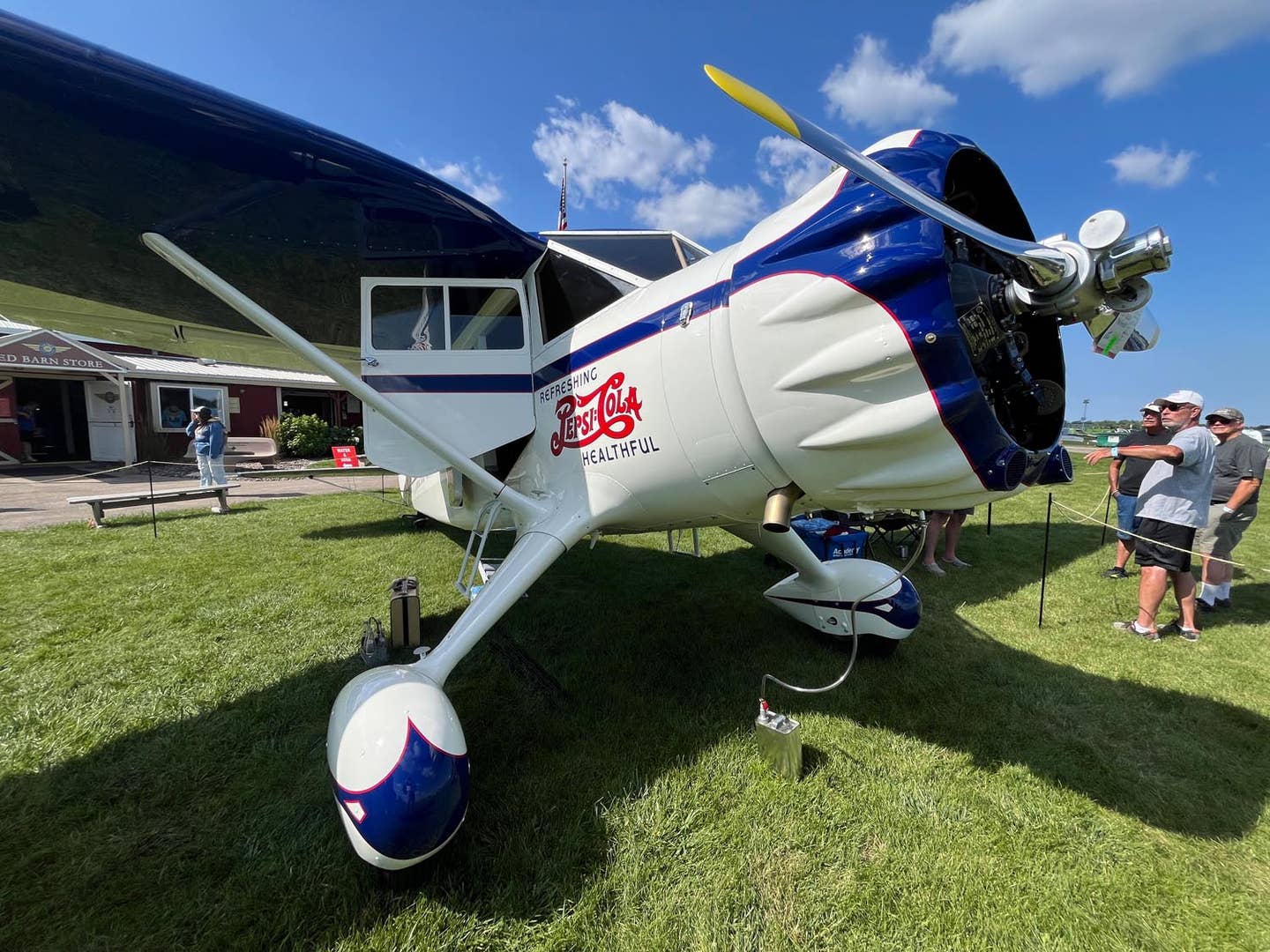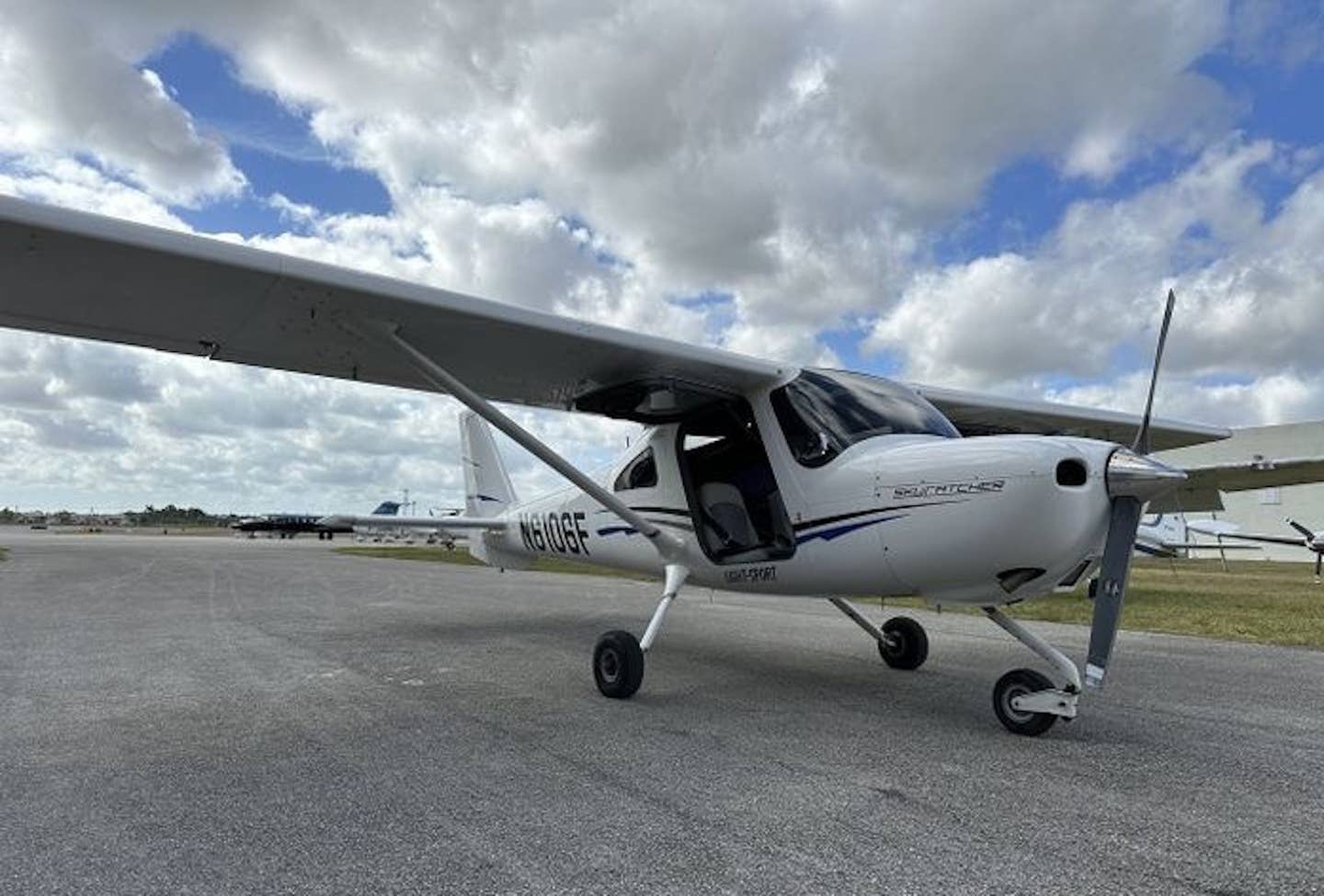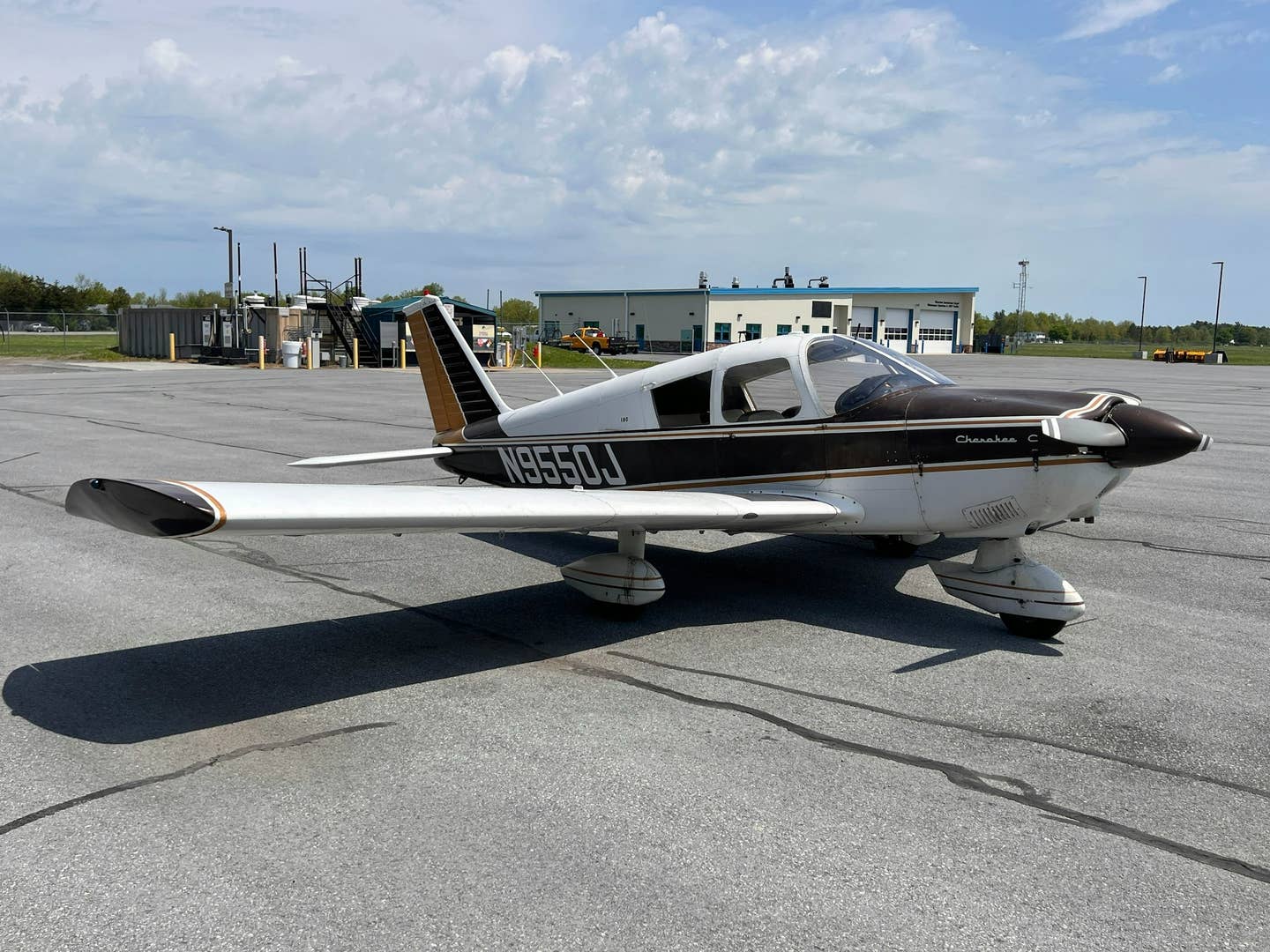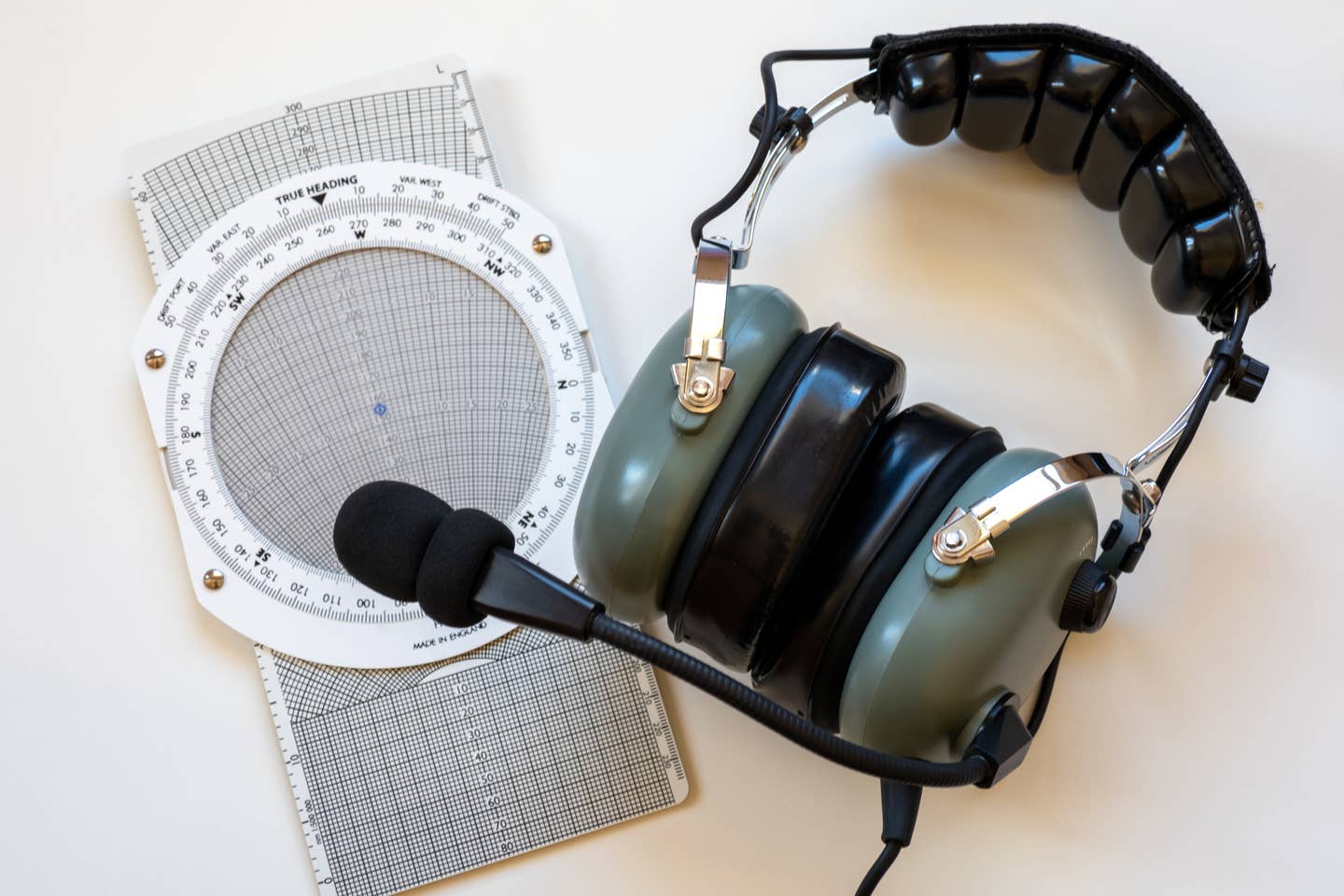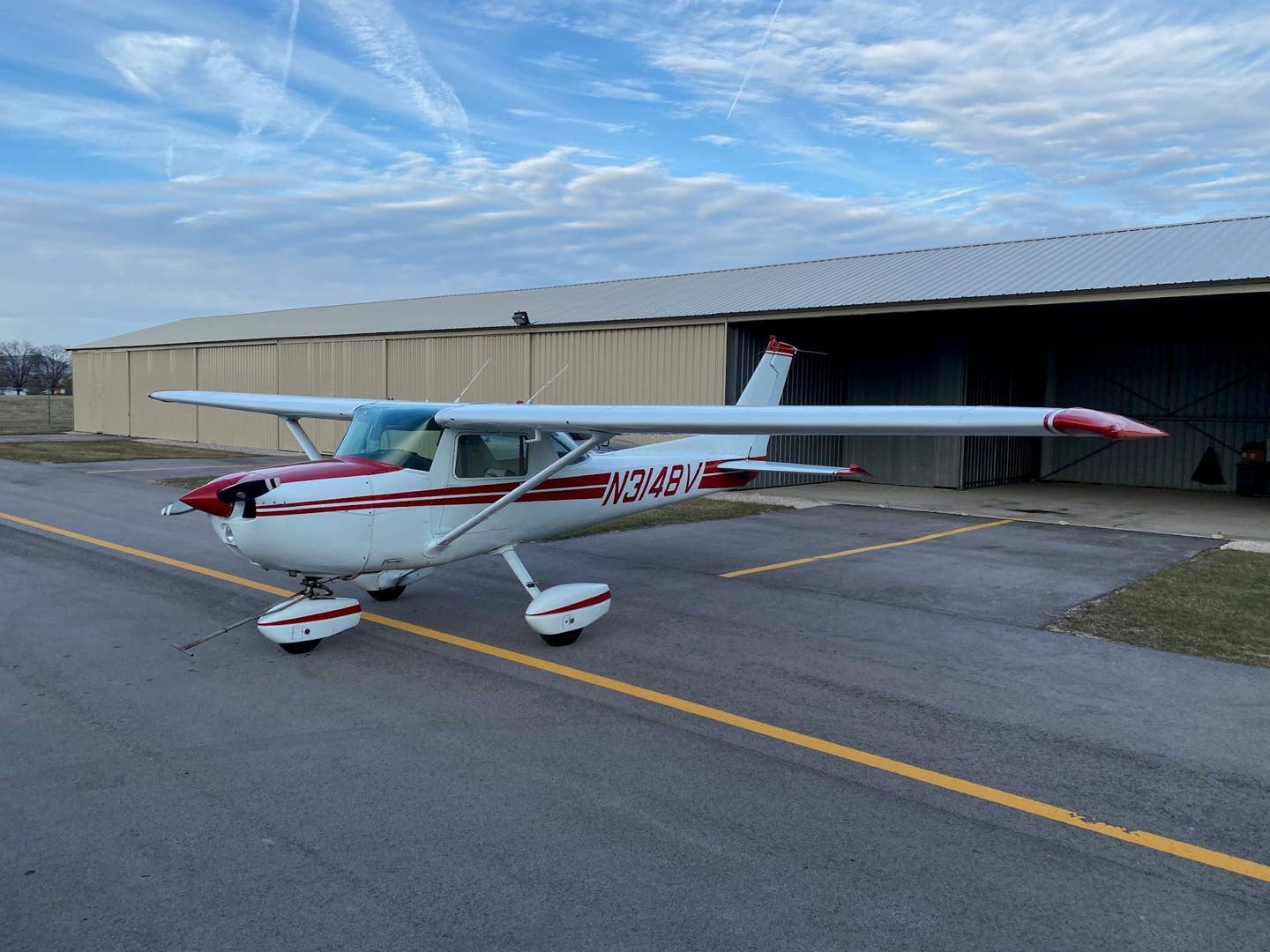Try These Low-Cost DIY Hangar Projects
OK, I will admit that I am a checklist fanatic! In the U.S. Air Force, we had a checklist for everything, and so I was imprinted with the checklist gene…
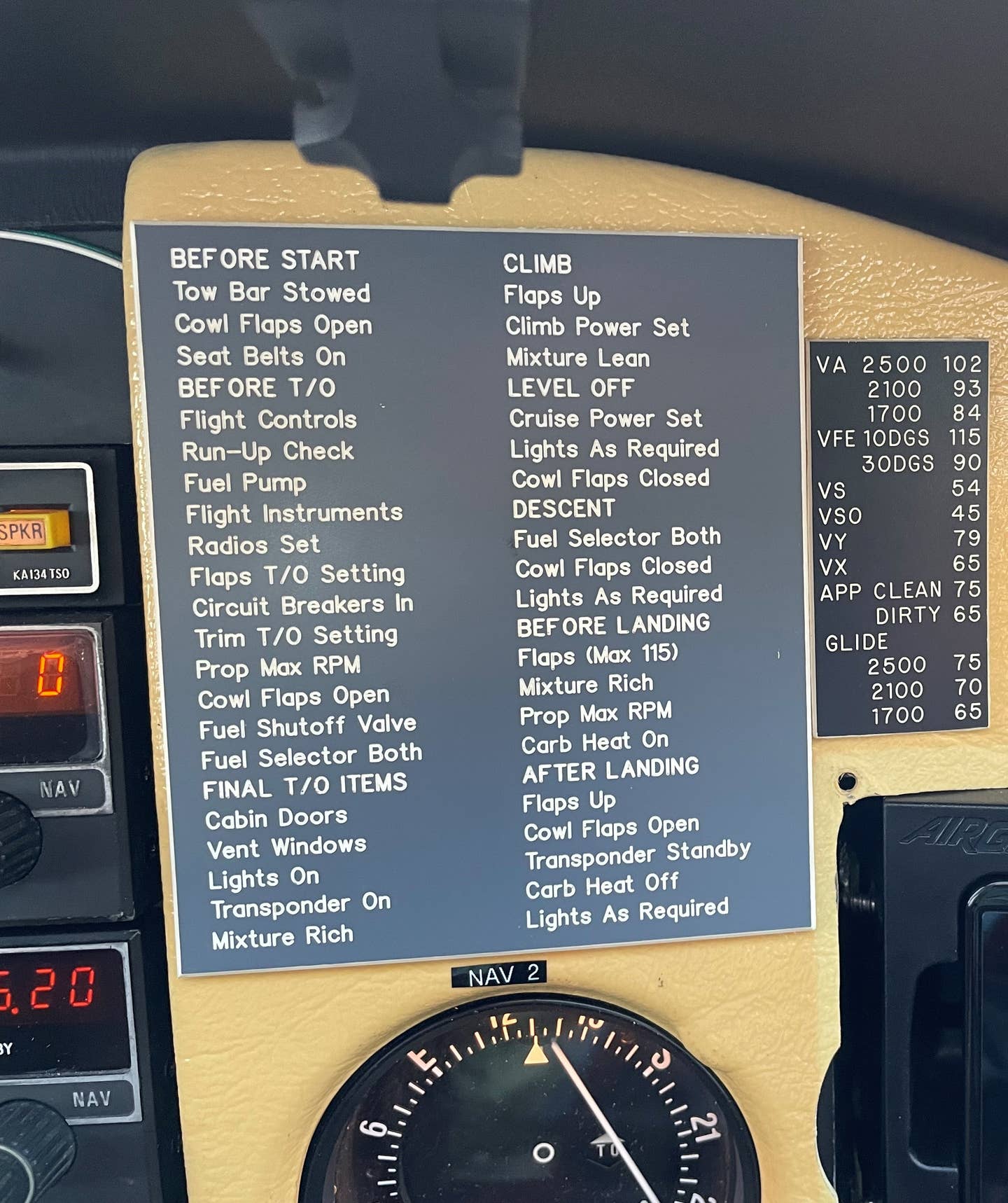
An engraved panel mount checklist makes for a great activity to keep pilots engaged in your downtime. [Image courtesy of Frank Ayers]
OK, I will admit that I am a checklist fanatic! In the U.S. Air Force, we had a checklist for everything, and so I was imprinted with the checklist gene early on. Among their many benefits, checklists prevent gear up landings, keep pilots healthy, and make your insurance agent happy. However, once the aircraft is in motion, pilots need to balance time spent visually clearing outside the aircraft with those tasks requiring our attention on the inside. The traditional paper checklist, placed on the kneepad, can result in a significant amount of head down time. And worse, the harder the checklist is to find, open up, and read, the less likely it may see the light of day. Each aircraft has an approved checklist printed in the POH. However, the addition of a new autopilot, GPS, or some other wonderful gizmo that the manufacturer did not envision 25 years ago may require an additional checklist item or two to operate safely.
If you are lucky enough to fly a large screen glass cockpit instrument display, your checklist may be contained in the pilot’s cockpit screen at the push of a button. If so, you may have the best of both worlds. Most of these electronic checklists are easily modified and are located in the pilot’s line of sight. Similarly, many of the iPad navigation applications have checklist options that perform the same function. Depending on where the iPad is located these can help balance the inside/outside visual scan as well. However, many of us, flying more vintage airplanes, are not so blessed. So, what is a budget-minded pilot to do?
- READ MORE: DIY Tow Bar Upgrades
As long as the airplane or propeller is not moving, having the paper checklist in hand is the way to go. But once we start moving, our eyes need to be outside the aircraft, clearing for obstacles, traffic, and wildlife, while we maintain strong checklist discipline. As usual, someone had already thought this problem through. Taking a page from the big iron, some Boeing models feature the Before Takeoff through Landing Checklists mounted right on the control yoke. So, while the jet is in motion, a glance down at the yoke is an additional reminder for the pilot flying the jet of how the checklist is progressing. Hmmm, could we do something similar?
Well, many singles have a little unused panel real estate available that could host a compact before takeoff through after landing checklist. The higher on the panel, the better. Next step, make a mockup of your checklist on MS Word, and size it to fit the available space. Take your paper mockup to the local trophy/engraving shop, and—after a bit of explaining and the exchange of a few bucks—they will turn it into a stylish plaque to place on your instrument panel. Attach it to the panel with a little double-stick foam tape, and you have your pre takeoff through landing checklist, in plain sight of you and your copilot. Oh, if you think that you might want to add an item or two to the checklist, ask the engraver to maintain your file so that cutting an updated version will just take a few minutes.
My experience is that this increases the likelihood that we actually use the checklist. Adding this easy-to-use checklist to your flight deck does not absolve pilots of the responsibility to carry the POH and a copy of the manufacturer approved checklist. Instead, it supplements these important documents in an easy-to-use format. Total cost, less than 50 bucks! Increased visual clearing, situational awareness, and more frequent checklist use, Priceless!

Subscribe to Our Newsletter
Get the latest Plane & Pilot Magazine stories delivered directly to your inbox

